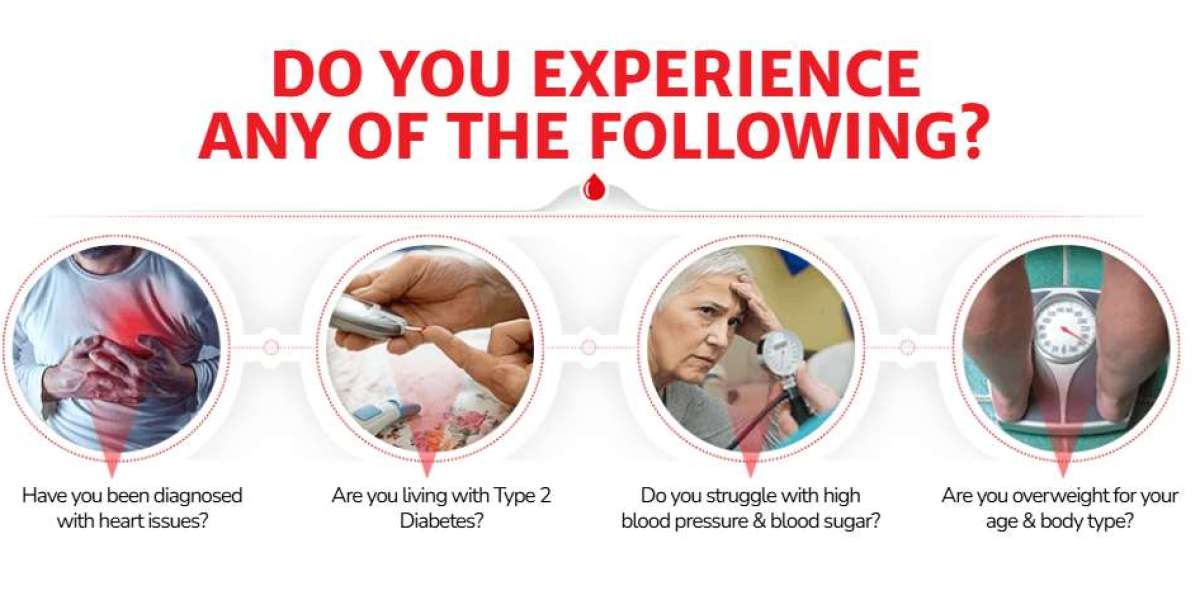Operators, investors, and growth teams know that flashy revenue numbers tell only part of the story. In today’s commerce ecosystem, where product availability is high and customer expectations are even higher, the actual strength of a company is rooted in performance indicators that go far beyond top-line results. Data-backed signals of operational health are what separate strong, scalable businesses from those riding temporary momentum.
That’s especially true for a consumer product company, where long-term success depends on consistency, unit economics, and repeatable systems. While the brand’s identity and aesthetics may create market entry, its metrics determine longevity. Understanding which metrics matter—and how to track them—can help businesses monitor stability, diagnose early issues, and build a stronger foundation for strategic growth.
Revenue Composition and Consistency
Monthly Recurring Revenue (MRR) or Repeat Order Revenue
Healthy product businesses often exhibit recurring purchase behavior. Whether through subscriptions, replenishment cycles, or seasonal repeat orders, this segment of revenue should be growing or stable over time.
Channel Diversification
Businesses overly reliant on one sales channel (Amazon, DTC site, or retail) face concentration risk. A strong business spreads its revenue across at least two to three stable streams.
SKU Revenue Breakdown
If most revenue comes from a single product, the company is vulnerable. Healthy brands see revenue spread across multiple SKUs, showing customer trust in the broader assortment.
Profitability and Margin Control
Gross Margin
The baseline for product health is gross margin. A consumer product company with healthy gross margins (typically 50%+ depending on category) has room to reinvest in marketing, logistics, and innovation.
Contribution Margin
Subtracting variable expenses like shipping and packaging from gross margin reveals the actual cash contribution per order. This number must remain strong as order volumes increase.
EBITDA or Net Profit Margins
While early-stage brands may reinvest aggressively, long-term stability depends on positive net margins. Efficient operations, low overhead, and reasonable marketing costs all contribute to this metric.
Customer Retention and Loyalty
Repeat Purchase Rate
How often customers return is one of the strongest indicators of product-market fit. A healthy business sees 25%–40% of customers returning within a 60- to 90-day window, depending on the product type.
Average Order Frequency
The more frequently customers return without prompting from discounts or ads, the stronger the organic pull of the brand. This metric points to both loyalty and relevance.
Net Promoter Score (NPS)
A high NPS reflects overall customer satisfaction and brand sentiment. It also indicates potential for word-of-mouth growth and stronger community alignment.
Customer Acquisition and Efficiency
Customer Acquisition Cost (CAC)
The cost to acquire a customer must trend downward or stay consistent while revenue grows. Spiking CAC often suggests fatigue in ad creative or overreliance on paid channels.
Blended vs. Paid CAC
Separating CAC by paid channels versus overall sources gives a clearer picture of acquisition efficiency. A large portion of sales from non-paid channels signals brand strength.
Marketing Efficiency Ratio (MER)
Total revenue divided by total ad spend, MER reflects how well a company turns spend into revenue. A consistent MER above 3 is typically sustainable.
Operational and Inventory Control
Inventory Turnover Ratio
This metric measures how often inventory is sold and replaced in a given period. High turnover suggests strong sales forecasting and efficient supply chain management.
Stockout Frequency
Frequent stockouts signal poor demand planning or vendor issues. A healthy company balances demand with available supply while minimizing missed revenue opportunities.
COGS as a Percentage of Revenue
If cost of goods sold creeps up disproportionately, the business may be facing pricing pressure or vendor instability. Healthy operations monitor this ratio tightly.
Digital and Funnel Performance
Website Conversion Rate
A DTC site should convert at 2%–5% depending on traffic quality. Lower than that may indicate a UX issue, poor product-market fit, or traffic mismatch.
Cart Abandonment Rate
A high abandonment rate often reflects friction in the checkout process. Healthy businesses keep this under 60% and have automated strategies to recover missed sales.
Email and SMS Engagement
Open and click-through rates are critical for owned channel success. Above-industry engagement numbers indicate a strong relationship with the customer base.
Cash Flow and Liquidity
Operating Cash Flow
Healthy companies generate positive cash flow from operations, meaning they’re not dependent on financing to run daily operations.
Burn Rate
If a company is still pre-profit, its monthly cash burn must be matched with capital runway. Low burn with strong growth shows high operating discipline.
Days Sales Outstanding (DSO)
For B2B orders, this metric tracks how long it takes to collect payment. Healthy businesses keep DSO low to maintain liquidity and reduce credit risk.
Product Development and Innovation
SKU Velocity
How quickly new products gain traction is a good indicator of a brand’s relationship with its audience. Fast-moving SKUs reduce risk and signal innovation fit.
Time-to-Market
Shorter development cycles show operational agility. A business that can move from concept to launch within 60–90 days is more adaptable in shifting markets.
Product Return Rate
High return rates suggest quality or expectation mismatch. A healthy business maintains a low return rate, ideally under 5% for most consumer products.
Team and Scalability Indicators
Revenue Per Employee
This metric gauges how efficiently a company uses its workforce. Higher revenue per employee often reflects systems that scale without excessive hiring.
Departmental Ownership
In a scalable organization, no single individual should own a critical department without redundancy. Well-structured teams can function without founder micromanagement.
Automation Ratios
The percentage of processes handled by software or systems over manual labor indicates scalability. Healthy companies invest in automation early.
Brand Equity and Long-Term Value
Direct Traffic Share
Direct traffic shows how many users are searching or visiting the brand directly. High direct traffic is a strong indicator of mindshare and brand loyalty.
Branded Search Volume
Rising search queries for the brand name suggest organic awareness and earned visibility, critical for reducing CAC over time.
Owned Channel Revenue Share
Revenue from email, SMS, and returning users shows the strength of the brand’s community and retention strategy. A growing share here is a long-term value signal.
Conclusion: Measuring Resilience and Readiness
No single data point determines whether a business is healthy. What matters is the combination: consistent margins, scalable systems, loyal customers, and efficient growth. The best operators don’t chase vanity metrics—they track the fundamentals that predict durability and adaptability.
For a consumer product company, these metrics define the difference between short-lived success and long-term dominance. The strongest teams pair analytics with strategy, aligning all metrics with structured DTC brand growth plans that reflect profitability, loyalty, and operational control.








